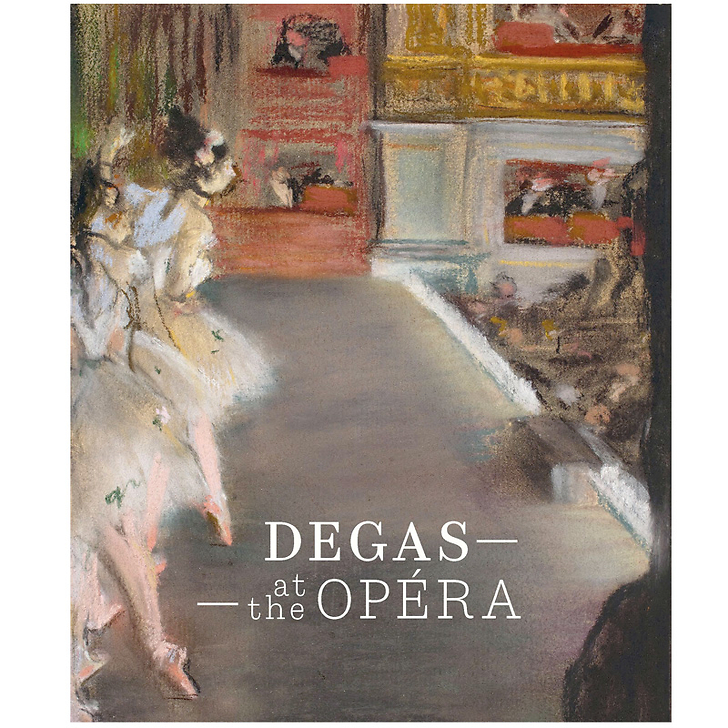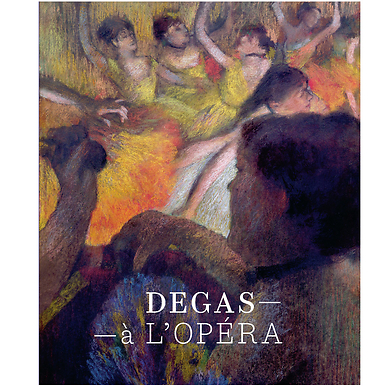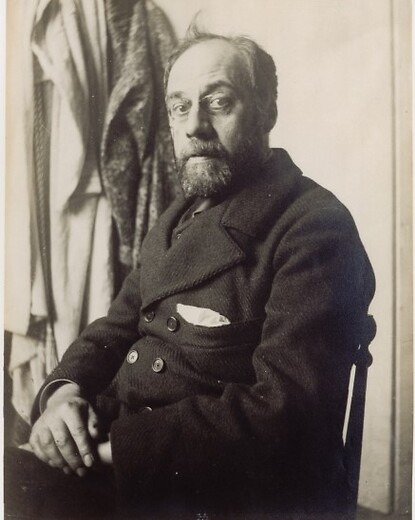Degas at the Opera - Exhibition catalogue
EK197456
ENGLISH LANGUAGE
"One sees as one wants to see; this is false; and this falsity constitutes art." - Edgar Degas
Throughout his career, from the 1860s to the last works after 1900, Degas made the Opera the focal point of his work, his "own room". He explores the various spaces - hall and stage, dressing...
Read more
ENGLISH LANGUAGE
"One sees as one wants to see; this is false; and this falsity constitutes art." - Edgar Degas
Throughout his career, from the 1860s to the last works after 1900, Degas made the Opera the focal point of his work, his "own room". He explores the various spaces - hall and stage, dressing rooms, foyer, dance hall, attaches himself to those who populate them, dancers, singers, musicians, spectators, subscribers in black clothes haunting the wings. This closed universe is a microcosm with infinite possibilities and allows all kinds of experimentation: multiplicity of points of view, contrast of lighting, study of movement and the truth of the gesture.
No book had so far considered the Opera as a whole in Degas' work, studying both the passionate link it had with this house, its musical tastes, but also the infinite resources of this wonderful "toolbox". Through the prism of the Opera, Henri Loyrette redraws a monograph of the man who was perhaps one of the greatest artists of the 19th century.
Exhibition organized by the Museums of Orsay and the Orangery, Paris and the National Gallery of Art, Washington where it will be presented from March 1 to July 5, 2020, on the occasion of the 350th anniversary of the Paris Opera.
Musée d'Orsay from 24 September 2019 to 19 January 2020
English language
320 pages / 250 illustrations
Co-publishing Rmn-Grand Palais / Musée d'Orsay et de l'Orangerie
Close
Login to see prices
Sold by GrandPalaisRmn





